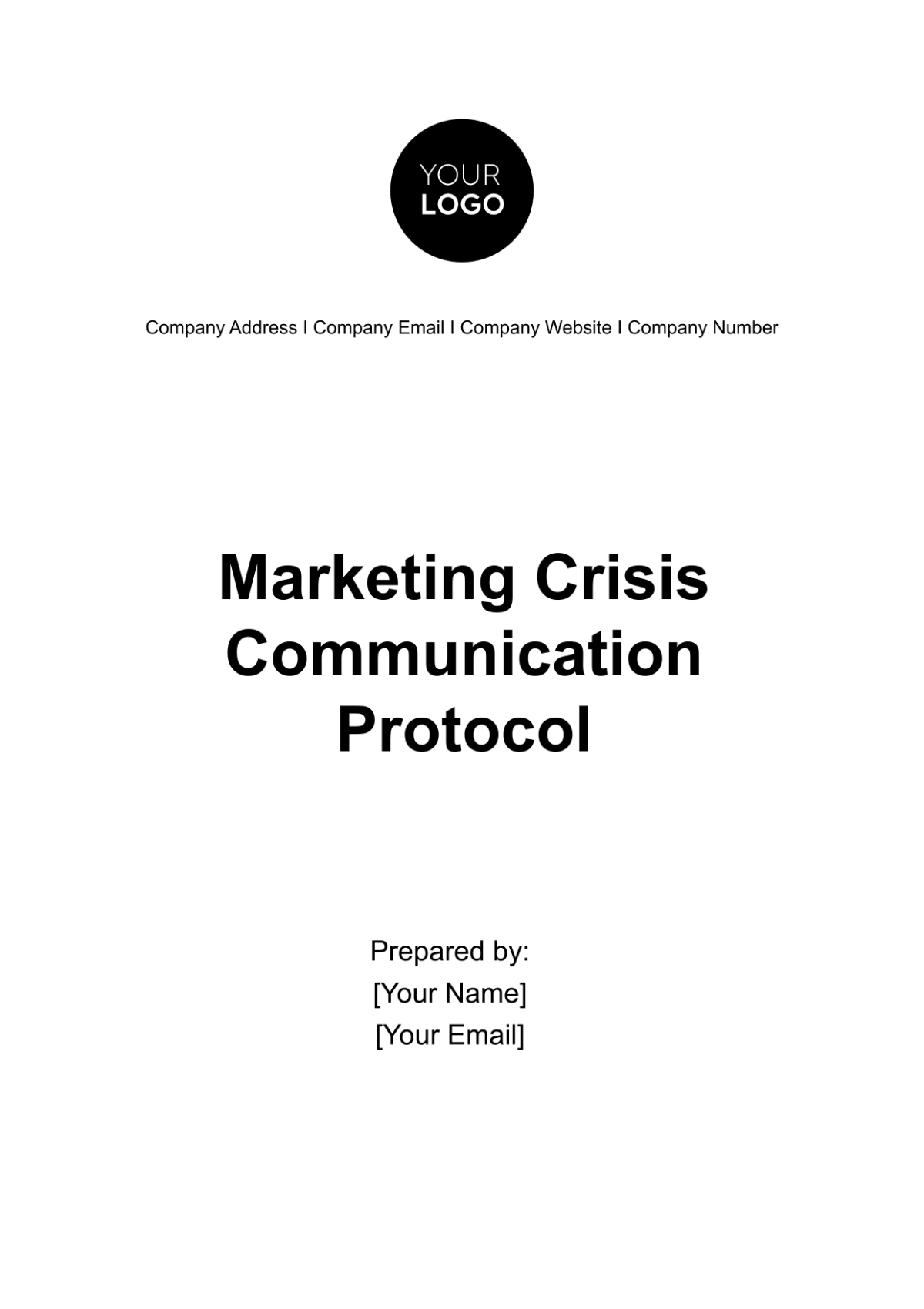Free Marketing Crisis Communication Protocol
Crafted by Template.net, our Marketing Crisis Communication Protocol Template offers a lifeline in turbulent times. Seamlessly editable and customizable, this resource empowers you to swiftly navigate through crises with precision. Tailor messages effortlessly using our Ai Editor Tool. Ensure your brand's resilience and reputation remain intact with this essential toolkit.
